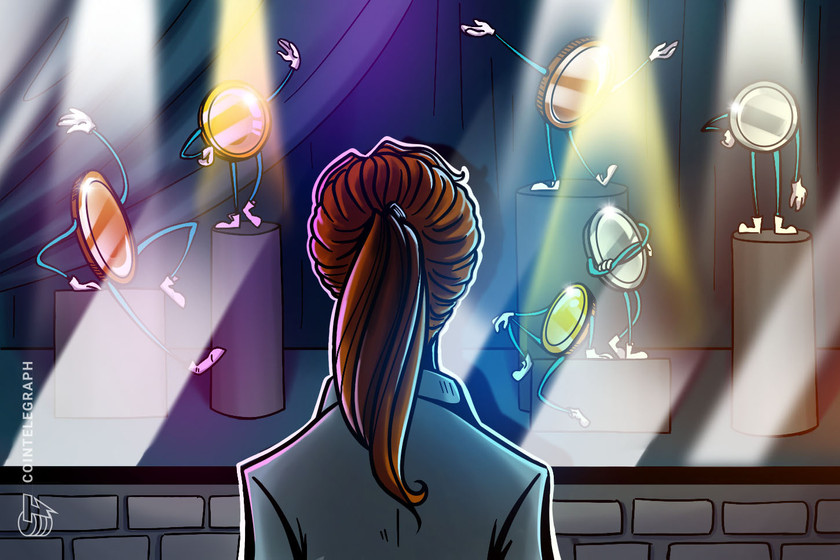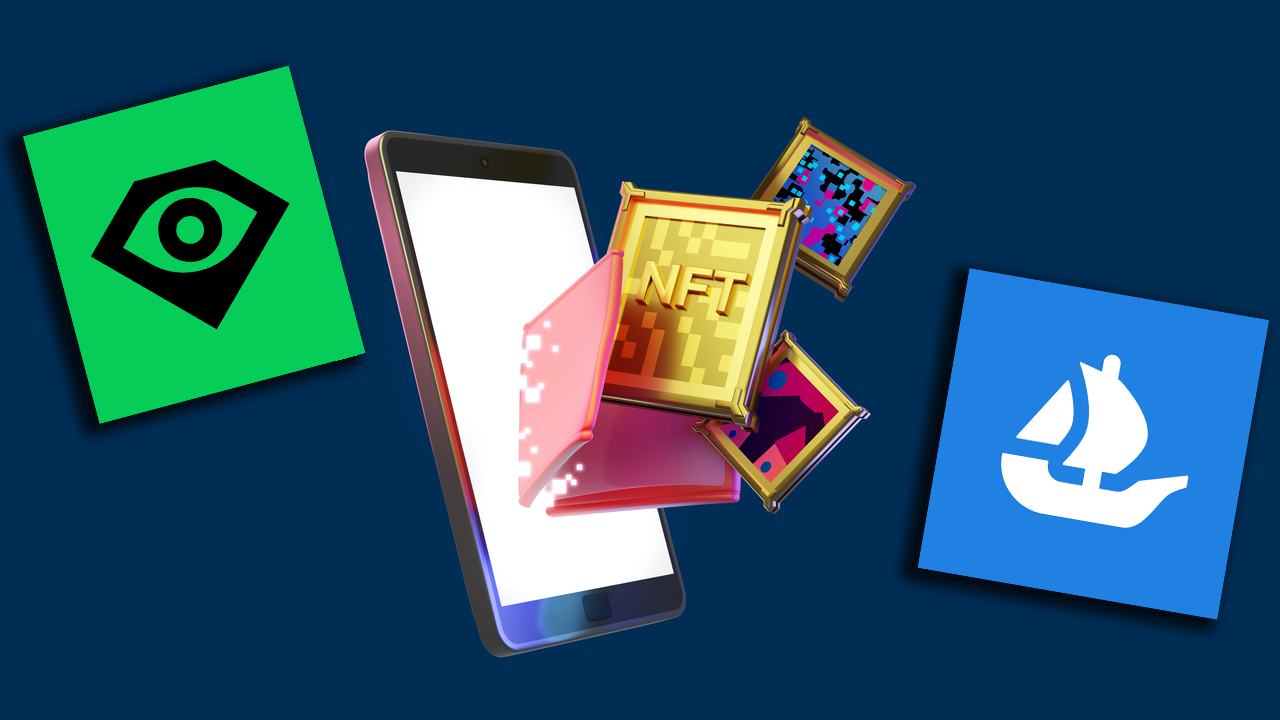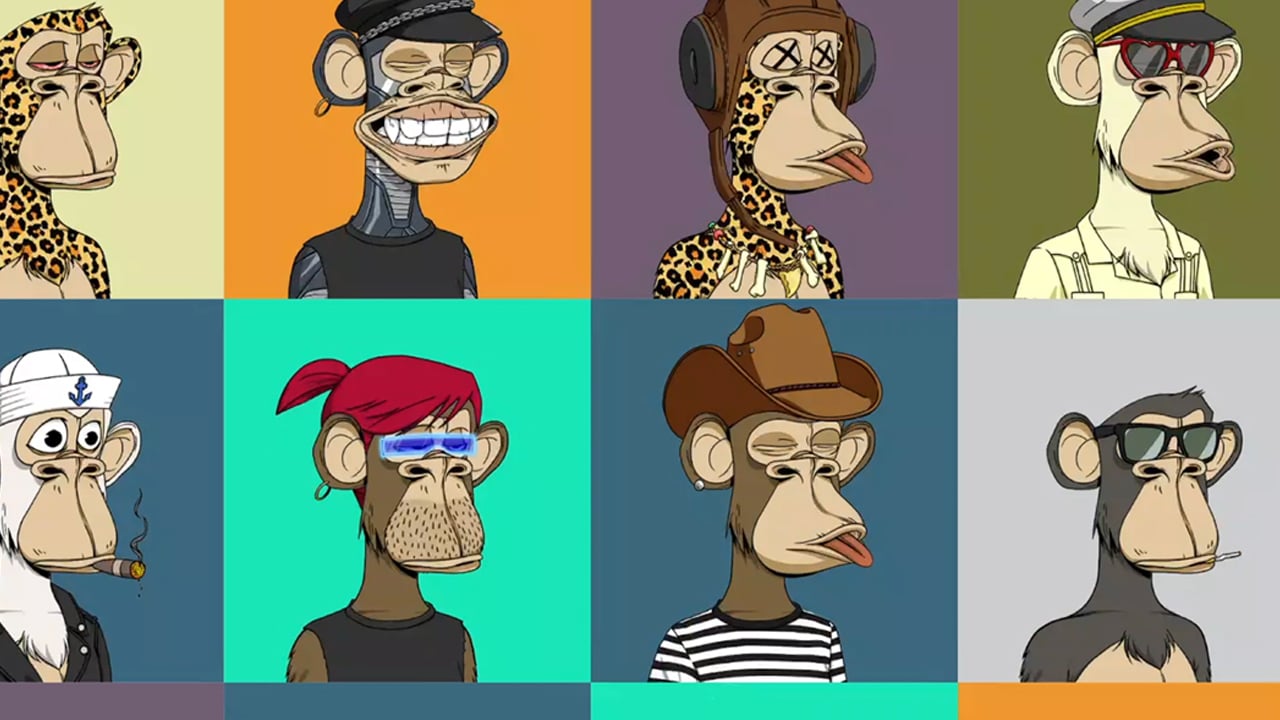
So many drops, and too many missed mints? Cointelegraph has you covered when it comes to keeping a pulse on upcoming NFT projects.
With crypto prices down badly, NFTs appear to be on a discount which is making it hard for many collectors to resist a good sale. Notable projects like World of Women have recorded their largest sale at 260 Ether ($627,755 at current value.)
In contrast, the total volume sales of Cool Cats decreased by nearly 30% in the last seven days. Yet, newly released projects like Azuki are up over 122%, according to data from OpenSea.
Another day, another record breaking wow royalty club sale 260 eth. Congrats @worldofwomennft and congrats @WoWPixiesNFT for picking one up on Friday for 135. Savvy investment! pic.twitter.com/dsxxKyVSyf
— Konop 🍌 (@konop) January 24, 2022
While blue chips are gaining fresh traction, new releases are also making moves and raising excitement among NFT investors. Here are three NFT projects whose launch might be worth keeping an eye on.
Cool Pets
The price of Cool Cats might have simmered down since its partnering project, Cool Pets is slated to release on January 28, 2022. Cool Cats has amassed over 100,000 followers on Twitter, CoolPets seems to be a gateway into the community for those priced out of the Cool Cats collection. However, the Cool Pets mint will be 0.5 Ether.
Cool Pet owners will be able to interact with their elemental pets, similar to Japanese digital pets, Tamagotchi, Cool Pets will incorporate gamification elements to the experience, also be able to set off on quests with the opportunity to earn rewards making it another “play to earn” (P2E) game.
One of the biggest things coming to the Cool Cat ecosystem alongside Pets? Tokens! Here's an overview:$GOLD will be a Polygon ($MATIC) based token.
— Tacticool.eth ᵍᵐ (@TacticoolCat) December 11, 2021
It will drive in-game transactions and allow for gas fee FREE gameplay.$MILK will be an ETH-based pairing for use on exchanges. pic.twitter.com/z78TWMgRNf
Following a similar model to Axie Infinity’s scholarship program, Cool Cat owners are able to rent out their Cool Pets to non-Cool Cat owners in exchange for a small percentage of the earned rewards.
Cool Pets will run on the Polygon network whereby its native GOLD token will be used in the Cool Pets ecosystem. However, Cool Pets will also have an Ether-based pairing token called MILK which will facilitate transactions for larger ticket items like Cool Pets and Cool Cats. MILK will also be a utility token for its fellow NFT project, The Littles, and its ecosystem.
Ethalien VOX
Ethalien VOX is the 3D pixelated version of the Ethalien genesis collection with a supply of 7,500. For five years, each Ethalien will generate 5 STAR tokens per day with a total supply of 69,420,000. Collectors who held an Ethalien before January 20, 2022, are guaranteed a whitelist spot for the pre-sale of Ethalien VOX which is scheduled for January 28, 2022.
"Happy $STAR Day"
— 5Dot0ᴺᶠᵀ 🎯 (@NFTNewbie2) November 7, 2021
Huge date for the Ethaliens, our utility token has arrived! #EthalienInvasion#NFTCommunity #NFTs pic.twitter.com/AJ3kxMPTvm
Following the pre-sale, the public mint will launch with a minting price of 0.055 Ether which is more than half of Ethalien's current 0.09 Ether cost, meaning the upcoming launch is relatively reasonable.
What makes Ethalien unique it it enables its collectors to earn STAR tokens beyond holding a genesis NFT. Holders can earn Ethalien through its “Starcade” which allows players holding start to earn more tokens and possibly breed Baby Ethaliens.
The project incentivizes users to purchase more Ethaliens since a specified amount of “stardust” is given depending on the number of Ethaliens owned.
Stardust is a casino-chip-like token that holders can either gamble with in its “Ethercasino” or use to shop for other NFTs and merchandise.
KaraFuru
KaraFuru is one of the latest highly anticipated drops and the project’s Twitter account has amassed over 50,000 followers in just eight days. The project creators (Museum of Toys and digital artists WD.Willy) are winning the hearts and potential pockets of many collectors.
Hey Furus! 🔥
— Karafuru NFT (@KarafuruNft) January 25, 2022
Get up and put your hands up as we welcome the
12 Official Characters from the Karafuru Universe! 💫
Karafuru NFTs will have over 1000+ possible combinations of traits.
Which Karafuru is your favourite? #KarafuruNFT pic.twitter.com/XFrMdrUNvC
Created in 2019, The Museum of Toys became the first and largest museum of toys in Indonesia. NFT collectors are drawn to the vivid colors of the art and based on the excitement in social media, it appears that NFT collectors are on the edge of their seats.
Hey Furus! 😃
— Karafuru NFT (@KarafuruNft) January 24, 2022
We can't wait to show everyone what Karafuru is really about. A lot of cool things we'll release this week and that is everything you have been asking for.
GET READY! 🔥
Because this week will be the most colourful week of our lives!#KarafuruNFT
In the past week, the team has cryptically advised its followers to “GET READY!,” stating it will be the “most colorful week of our lives,” leaving hopeful holders wondering how to get on the whitelist.
To be more precise, there are roughly 60,000 Discord members hoping to snag a spot on the whitelist.
Although some communities like CyberKongz were given whitelist spots, other potential buyers who want a spot need to be more active in engaging within the KaraFuru community and while this method might not be genuine, it is competitve.
It seems with an increasing number of NFT projects on the way, more and more are integrating and building out their point of entry with community engagement as a core focus for whitelisting.
Rumor has it that Discord members who are very interactive with other members and actively participate in community initiatives are likely to take priority for a whitelist spot, however that is not a guarantee.
The views and opinions expressed here are solely those of the author and do not necessarily reflect the views of Cointelegraph.com. Every investment and trading move involves risk, you should conduct your own research when making a decision.



























